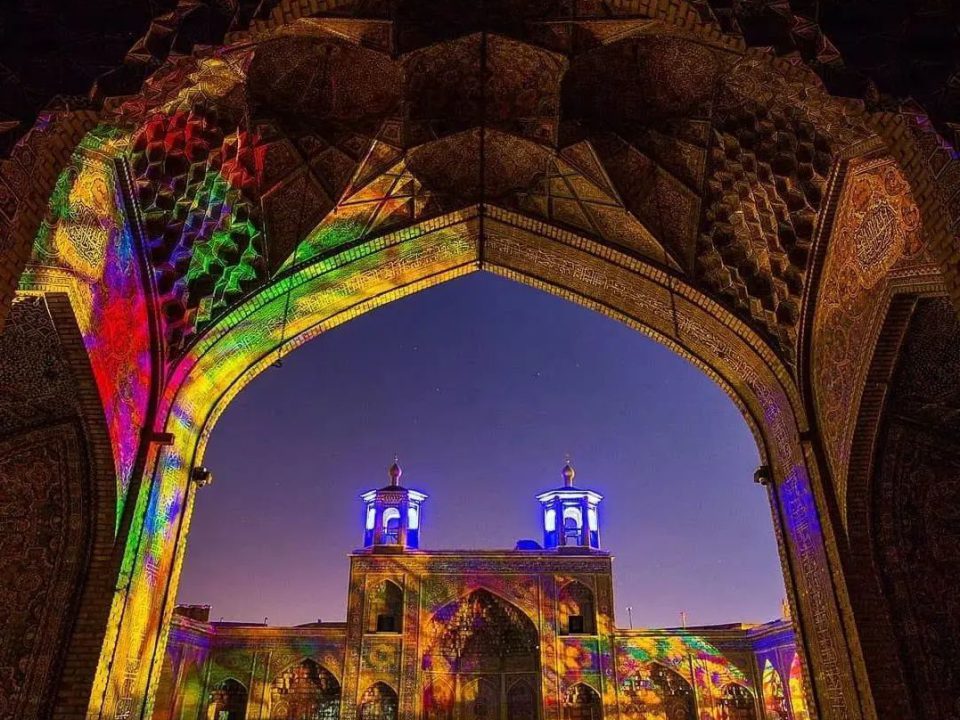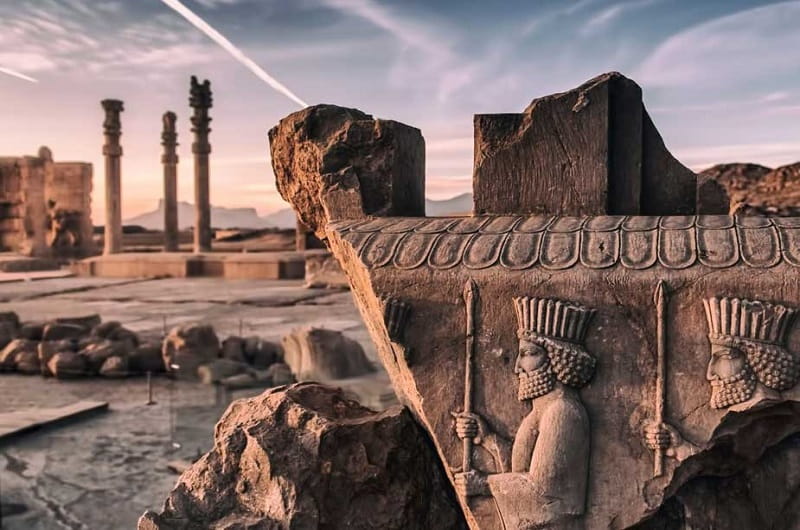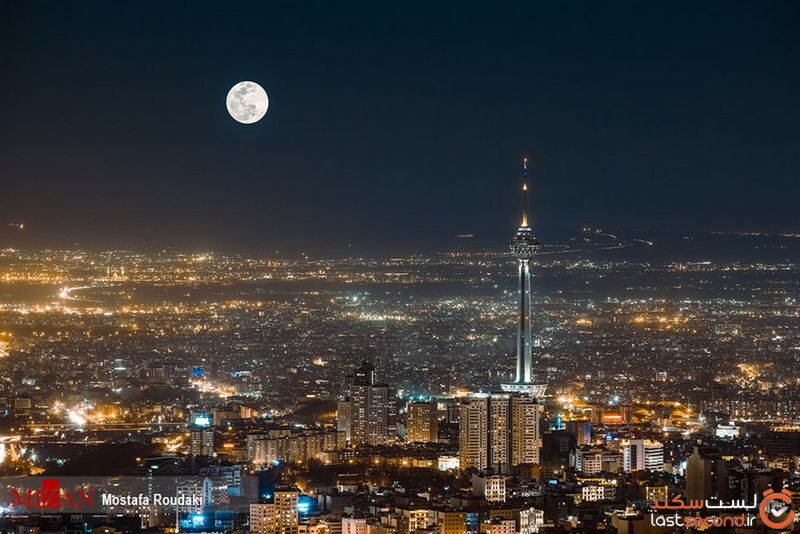Unveiling the Mysteries: A Journey through Ancient Persia
Rediscovering the Ruins
Persepolis: The Throne of Ancient Splendor
Persepolis, located in modern-day Iran, was indeed the ceremonial capital of the Achaemenid Empire, one of the greatest empires of the ancient world. It was founded by King Darius I in the 6th century BCE and served as the empire's political and ceremonial center for several decades. The name "Persepolis" is of Greek origin and means "City of the Persians."
The city's construction began around 518 BCE and continued under subsequent kings, including Xerxes I and Artaxerxes I. Persepolis was designed to showcase the grandeur and power of the Achaemenid rulers and served as a symbol of their authority. The complex covers an extensive area and includes various structures, each with its own significance.
Among the notable structures in Persepolis are the Apadana, a grand audience hall with a large staircase adorned with reliefs depicting representatives from the various subject nations of the empire. The Throne Hall, or "Hall of 100 Columns," is another impressive structure, believed to have been used for receptions and official ceremonies.
The reliefs and carvings found throughout Persepolis provide valuable insights into the art, culture, and beliefs of the Achaemenid Empire. They depict scenes of tribute-bearing representatives, symbolic animals, and royal figures. The carvings also illustrate the empire's cultural diversity, showcasing people from different regions wearing their traditional attire.
Despite its grandeur, Persepolis suffered significant damage in 330 BCE when Alexander the Great invaded and captured the city. The conquerors reportedly set fire to parts of the complex, leading to the destruction of some of its structures.
Persepolis has since become a UNESCO World Heritage Site, attracting visitors from around the world who marvel at its historical and architectural significance. The site continues to be a source of fascination and study for archaeologists, historians, and enthusiasts interested in the ancient Persian civilization.
Pasargad: The Cradle of Persian Kings
Pasargad, the capital of Cyrus the Great, reflects the essence of the Persian Empire's founding king. The simplicity of Cyrus's tomb and the remnants of his palace in this ancient city speak volumes about a ruler whose legacy remains captivating. The site, including the iconic Tomb of Cyrus and the Residential Palace, reflects a blend of humility and architectural mastery. Beyond its historical significance, Pasargad embodies Cyrus the Great's principles of justice, evident in the famed Cyrus Cylinder. As a UNESCO World Heritage Site, Pasargad continues to attract visitors, offering a glimpse into the cradle of Persian kings and the enduring spirit of Cyrus's era.
Architectural Marvels of a Bygone Era
The Grandeur of Naqsh-e Rostam
Naqsh-e Rostam, an architectural marvel, resonates with the splendor of royal tombs and rock reliefs, providing a window into the ceremonial practices and commemorations of the Sassanid dynasty. Carved into the rock face, the monumental tombs at this site serve as enduring symbols of the might and prestige of the ancient Persian rulers. Naqsh-e Rostam stands as a testament to a bygone era, where the artistry of stone carving and the grandeur of royal rituals converged to create a lasting legacy.
Tracing the Legacy of Innovation
The Royal Road: Pathway to Progress
The Royal Road, an ancient engineering marvel spanning vast landscapes, stands as a testament to the innovative prowess of ancient Persia. This legendary pathway played a pivotal role in fostering communication, trade, and cultural exchange throughout the expansive empire. It is a historical symbol of Persian ingenuity and a pathway to progress that echoes the legacy of innovation in the ancient world.
Advancements in Engineering and Water Management
Persia's ingenuity in water resource management is exemplified by the remarkable qanats and aqueducts, showcasing the empire's expertise in engineering and sustainable water systems. This legacy continues to influence modern techniques, highlighting the enduring impact of ancient Persian innovations in ensuring effective water utilization and management.
Persepolis

Tomb of Cyrus the Great



Naghsh-e Rostam

Magnificent Ancient water management complex of Shushtar







